Head-to-Head: Apple iPhone 6 vs. Samsung Galaxy S5
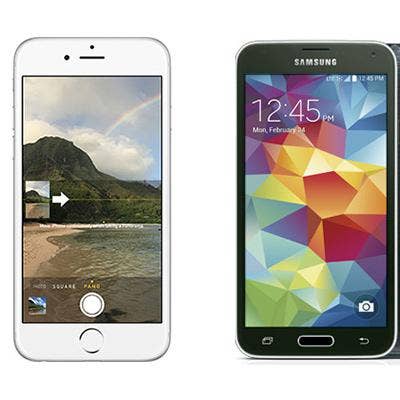
iPhone 6 vs. Galaxy S5
While news of the bigger and better iPhone 6 and iPhone 6 Plus drew multiple standing ovations at Apple's Sept. 9 launch event, Samsung says it sold 11 million of its new Galaxy S5 in the first month. Apple's new devices have more of what people buy Samsung for. Here's a rundown of the major differences between the Apple iPhone 6 and Samsung Galaxy S5.
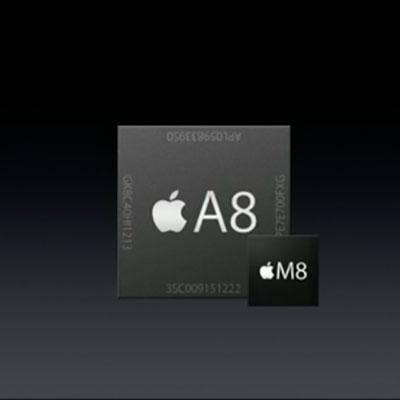
CPU, Memory
Both iPhone 6 models will have the A8 processor, Apple's latest 64-bit SoC. At 2.0 GHz, it's a good deal faster than the 1.3 GHz A6 processor of the iPhone 5s and iPad with Retina. The Galaxy S5 is built around the Qualcomm Snapdragon 801 SoC with four 32-bit application processor cores running at 2.5 GHz. You might think that four 32-bit processor would be just as good as two 64-bit ones, but 64-bits breaks the 4GB RAM limit and can run more complex code and encryption schemes with less effort. Still, Apple provides 1GB of RAM compared with Samsung's 2 GB.
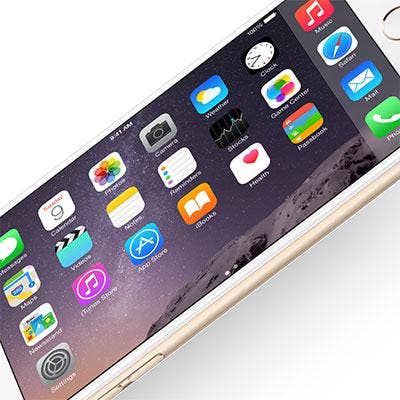
Display
Apple has engineered the rounded edges of its glass to melt seamlessly into its aluminum case. Both iPhone 6 models use IPS panels that support the full sRGB color space. The 4.7-inch iPhone 6 displays 1,334 x 750 pixels, or 326 pixels per inch. The 5.5-inch panel of the iPhone 6 Plus puts out 1,920 x 1,080 pixels, or 401 ppi. This is the first iPhone to come with a full-HD display and a 16:9 ratio. Samsung's panel puts out the same 1,920 x 1,080 pixels as the iPhone 6. The smaller 5.1-inch LCD causes the pixel density to jump to 432 ppi. Samsung protects its LCD with Gorilla Glass 3, which melts into a metallic ring.
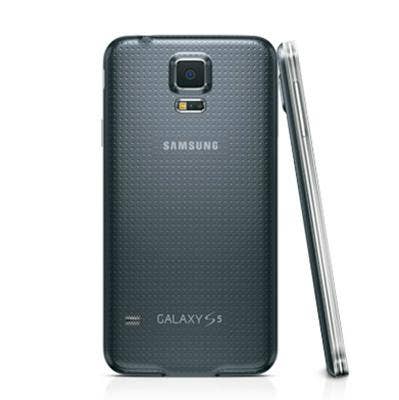
Dimensions
The iPhone 6 means the world will finally get a bigger iPhone and a much bigger one. The iPhone 6 will stretch 5.4 inches long and 2.6 inches wide by 0.27 of an inch thick. The 5.5-inch iPhone 6 Plus will be about 6.2 inches long, 3.1 inches wide and 0.28 of an inch thick. The smaller iPhone 6 is closer in size to the GS5, which is 5.6 inches long, 2.9 inches wide and 0.32 of an inch thick. Apple's petit device weighs 4.5 ounces compared to Samsung's 5.1 ounces, a negligible difference. The plus-sized phone weighs 6.1 ounces.
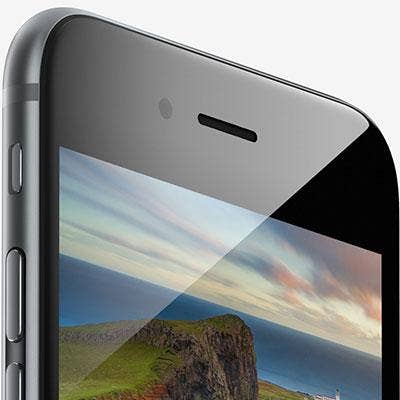
Physical
The new iPhone's power button is now on the right-hand side, in about the same position as on the GS5. For Apple's device, this places the on/off switch above the volume controls, rather than opposite them as on Samsung's. A consequence of opposing buttons is unintended presses of one or the other. The iPhone headset jack is still on the bottom, Samsung's is on top. Apple's Home button doubles as a capacitive fingerprint scanner; it's covered with scratch-resistant sapphire. Samsung also puts its scanner under the home key; we found it to be finicky.
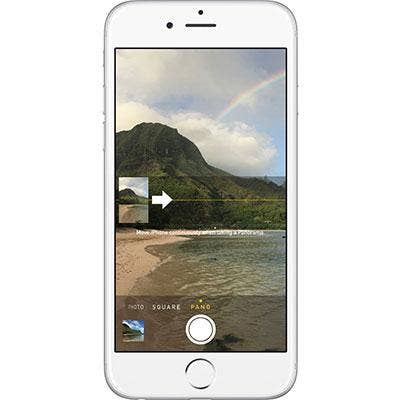
Old Camera, New Camera
One of the biggest surprises from Apple's iPhone 6 announcement was that it will stay with the 8-megapixel main camera in both models. The pixels are larger now, and optics and software have been improved. The primary new feature is called Focus Pixels, which Apple says can automatically determine the proper focus direction and move the lens accordingly, as in a DSLR camera. But still, eight megapixels is just bad optics (ahem). Samsung's GS5 snapper is a 16-MP beauty that takes pictures as high-res as 5,312 x 2,988 pixels and ultra high-definition video (3,840 x 2,160) at 30 fps. Samsung's front 2.0 MP front camera can capture 1,920 x 1,080 video at 30 fps. The GS5 can shoot both cameras at once for conferencing and picture-in-picture effects. The GS5 and iPhone 6 Plus also offer optical image stabilization, auto-F and live HDR capabilities.
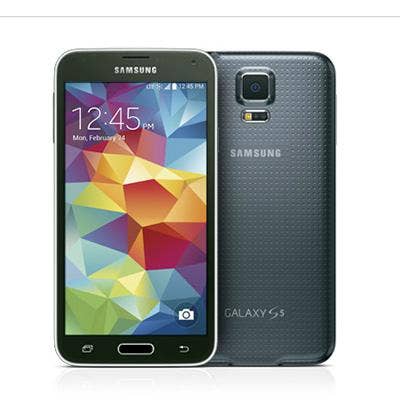
Under The Weather
It might seem like a no-brainer to make a cell phone resistant to rain and sand, considering that they're taken literally everywhere. But only Samsung's is; Apple's is not, (nor are any of its devices). The Galaxy S5 carries an ingress protection rating of IP67, which means that it's dust-proof and almost completely waterproof. It can be submerged in as much as 10 feet of water, dragged through mud, sand dirt, grit and grime and take a three-minute, high-pressure shower. This translates into fewer replacements and inventory transfers, and less SIM swapping and data migration. Also impressive, the headphone jack, mic and speakers need no covers and continue to work underwater.
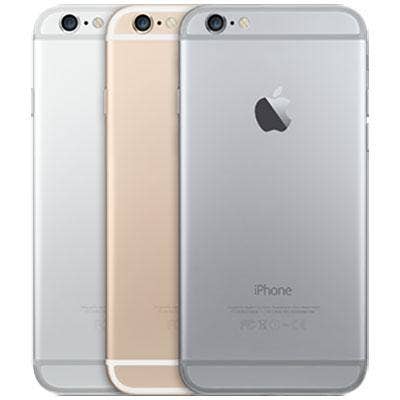
Wi-Fi Call Switching
Helping to offset Apple's ingress protection deficiency is its ability to switch seamlessly between cellular and Wi-Fi networks while a call is in progress. This is mostly a capability of iOS 8, which also for the first time in Apple-dom can make voice calls over Wi-Fi and LTE connections (except on AT&T, which will support VoIP next year). Seamless call transfer between fixed and mobile networks would clearly get more use than the GS5's ability to repel water. But when the flood waters come, who would favor the life of a call over that of the phone?
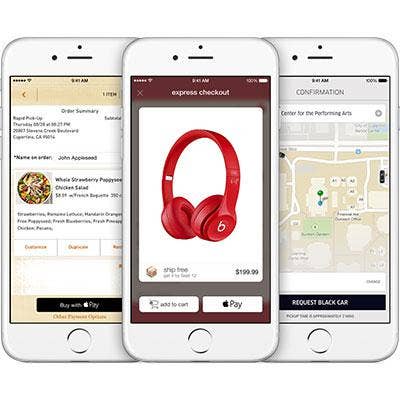
NFC, Apple Pay
Much of the speculation as to why Apple shunned NFC while the rest of the world embraced it centered on a lack of firm standards. We now know that Apple was actually working behind the scenes to shore up support among merchants and financial institutions for Apple Pay. Apple says its nascent electronic payment scheme already is accepted at more than 200,000 locations in the U.S. Samsung's NFC-equipped devices also will be able to use the new system.
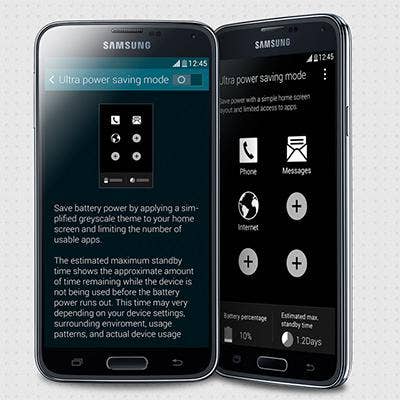
Communications
The GS5 and iPhone 6 models contain the usual array of communicators and sensors. Most notably, both comply with the high-speed Wi-Fi ac spec and with Bluetooth 4.1, the December update that reduces LTE conflicts and improves device reconnection and bulk data transfer. The GS5 adds Wi-Fi/LTE channel bonding to improve download speeds and an IR emitter for controlling nearby devices. The GS5's USB 3.0 port is MHL 3.0 compliant for connecting monitors and other compatible peripherals. Apple implements its own protocol for showing iPhone contents on monitors.
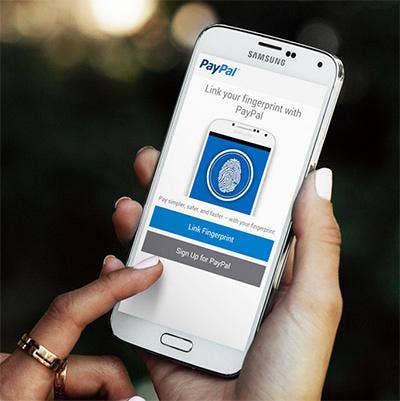
iOS 8 vs. Android 4.4
iOS 8 will debut in the iPhone 6 with significant new features and tight integration with the forthcoming Mac OS X Yosemite desktop. Android 4.4 KitKat is the sweetest one yet, and this fall will graduate to 64-bit. While Apple boasts of support for soft keyboards and interactive notifications in iOS 8, Android has supported such things for years. It also can display multiple apps at once to Apple's ability to hand off file-editing and browsing sessions from mobile to desktop and vice versa.

The Bottom Line
Apple on Sept. 12 began taking orders for the iPhone 6 (from $199) and iPhone 6 Plus (from $299) for shipment on Sept. 19. Devices will be available for AT&T, Sprint, T-Mobile and Verizon. The Galaxy S5, available since April, is offered through AT&T, Sprint, T-Mobile and Verizon for around $200 with a contract.